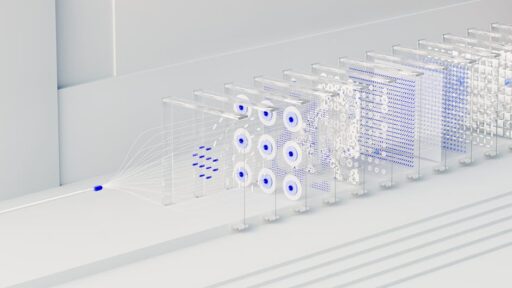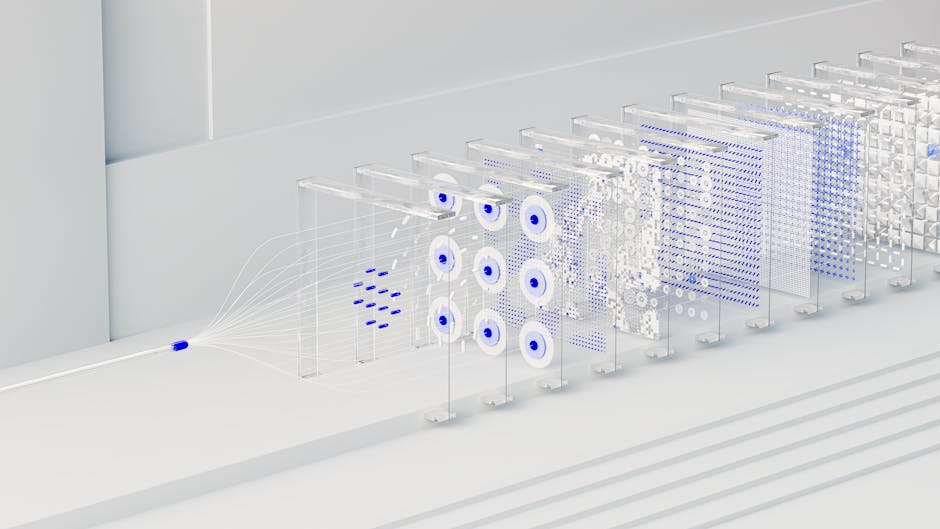Revolutionizing AI Development: The Rise of Reinforcement Learning Environments
In the ever-evolving landscape of artificial intelligence, the development of robust AI agents capable of autonomously completing tasks is a primary goal for many tech giants. However, current consumer AI agents reveal significant limitations, indicating that the path to more advanced AI might require innovative approaches. One such approach gaining traction is the use of reinforcement learning (RL) environments.
The Role of Reinforcement Learning Environments
Reinforcement learning environments are training grounds where AI agents can learn to perform complex, multi-step tasks by simulating real-world applications. These environments allow developers to train AI agents in controlled settings, providing feedback and rewards based on their performance. This method is emerging as a critical factor in AI development, potentially mirroring the impact labeled datasets had on the previous wave of AI advancements.
Industry Insights and Trends
Leading AI labs and startups are heavily investing in RL environments, recognizing their importance in developing more capable AI agents. Companies like Mechanize and Prime Intellect are pioneering efforts to create sophisticated RL environments, while established data-labeling firms such as Mercor and Surge are expanding their focus to include these dynamic simulations.
Challenges and Opportunities
Despite the enthusiasm, the development of RL environments is not without challenges. The complexity of creating environments that can adapt to unexpected AI behaviors requires significant resources and innovative solutions. Moreover, the potential for reward hacking—where AI models find shortcuts to achieve rewards without truly completing tasks—poses an additional hurdle.
Looking Ahead
As AI labs continue to explore and refine RL environments, the potential for these simulations to drive significant AI advancements remains promising. By enabling AI agents to operate in realistic settings with access to tools and computational resources, RL environments could facilitate breakthroughs in AI capabilities, albeit with careful consideration of the challenges involved.
The future of AI development may well hinge on the successful integration of RL environments, setting the stage for the next wave of intelligent, autonomous systems.






